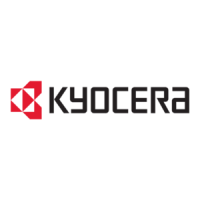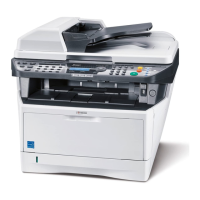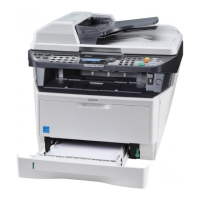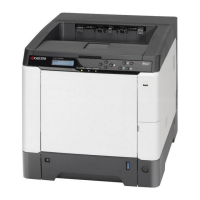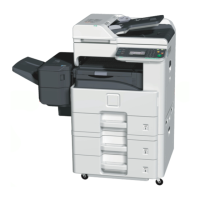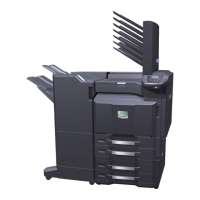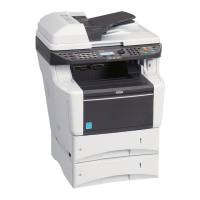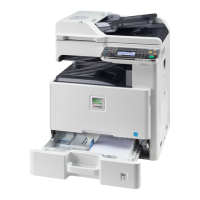1.5 About PCL Barcode Flash
1.5.1 Overview
PCL Barcode Flash uses a special feature of Kyocera Mita FS and KM devices: the
central unit – consisting of the PowerPC processor, motherboard and memory –
normally used for calculation of the print job can also be used for programming
purposes via a separate interface, the Application Programming Interface (API). In
addition to simple tasks such as filtering and changing the incoming data stream,
complex solutions are possible, in this instance the generation of complete barcodes.
The API program is located on the Compact Flash card and is automatically loaded
into memory and activated when the printer is switched on. Practically all normal
functions of the device are retained alongside the barcode solution; for example, the
device can still be used as a completely normal workgroup printer.
The barcodes already available as standard with Kyocera Mita devices can still be
called using the BARC command. In addition, the activation option is now available
via the general industry-standard PCL command, thus allowing these devices to be
integrated with ease into existing systems. Thus costly work on the controlling
application (e.g. in inventory software) can be avoided.
PCL Barcode Flash enhances the standard barcodes with a range of additional linear
codes and matrix codes as well as machine-readable fonts and formatting options, so
all current standard applications are covered to a great extent.
All activation controls can be undertaken in PRESCRIBE or PCL as required, giving
the programmer the greatest possible flexibility. The PRESCRIBE BARC command
has been extended so as to allow Datamatrix, QR Code and Australia Post 4-State,
for example, to be controlled in the usual way.
The PCL sequences for controlling the barcodes have been borrowed from font
control and are described in detail in the chapter entitled, “P
ROGRAMMING”.
The PRESCRIBE sequences for barcodes already available as standard are
described in detail in the PRESCRIBE IIe Programming Manual (see appendix).
1.5.2 Terminology
In this manual, in most cases we simply refer to “barcodes”. In technical terminology,
we refer to linear codes, stack codes and matrix codes, which differ in terms of what
is known as “symbology” (= graphic structure).
The linear codes are the classic “barcodes” made up of parallel lines in which the
information is arranged in one direction. For this reason, these are often referred to
as one-dimensional (“1D”) codes. These codes are very simple and quick to read,
and because of this they are the most commonly used codes in the world.
Stack codes and matrix codes belong to the group of two-dimensional (“2D”) codes,
where the information is arranged not only horizontally, but also vertically.
10
